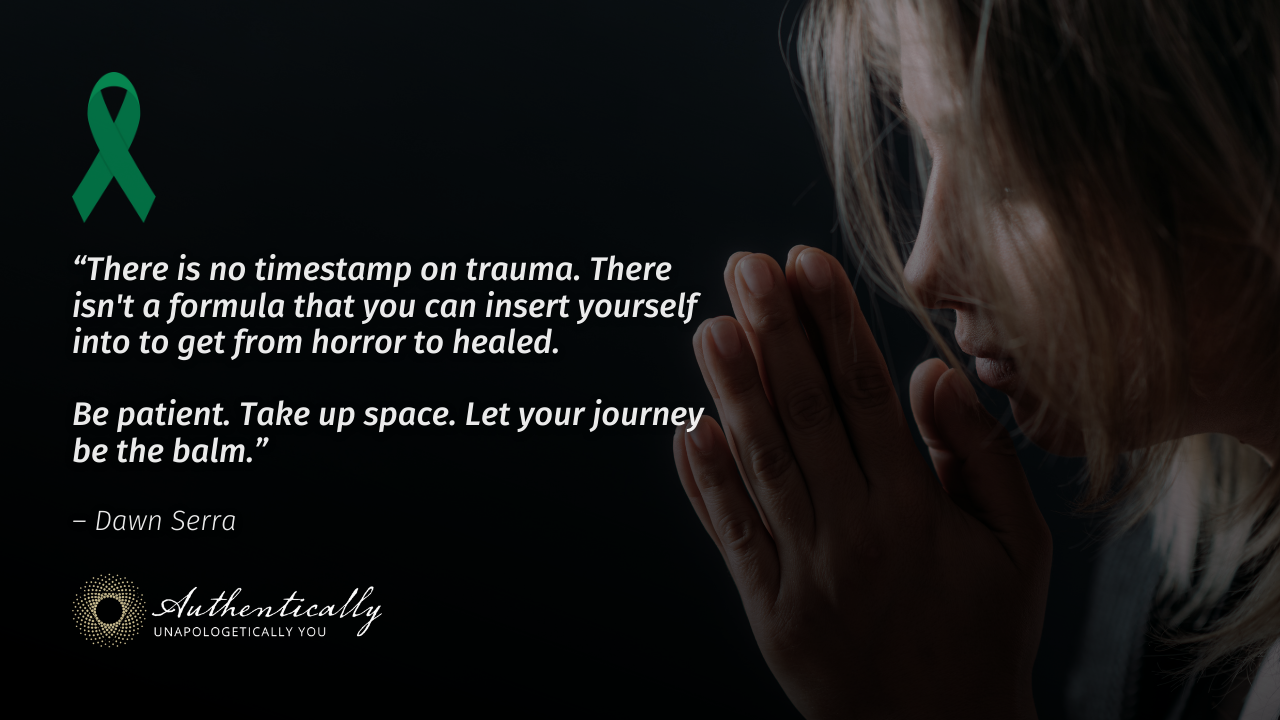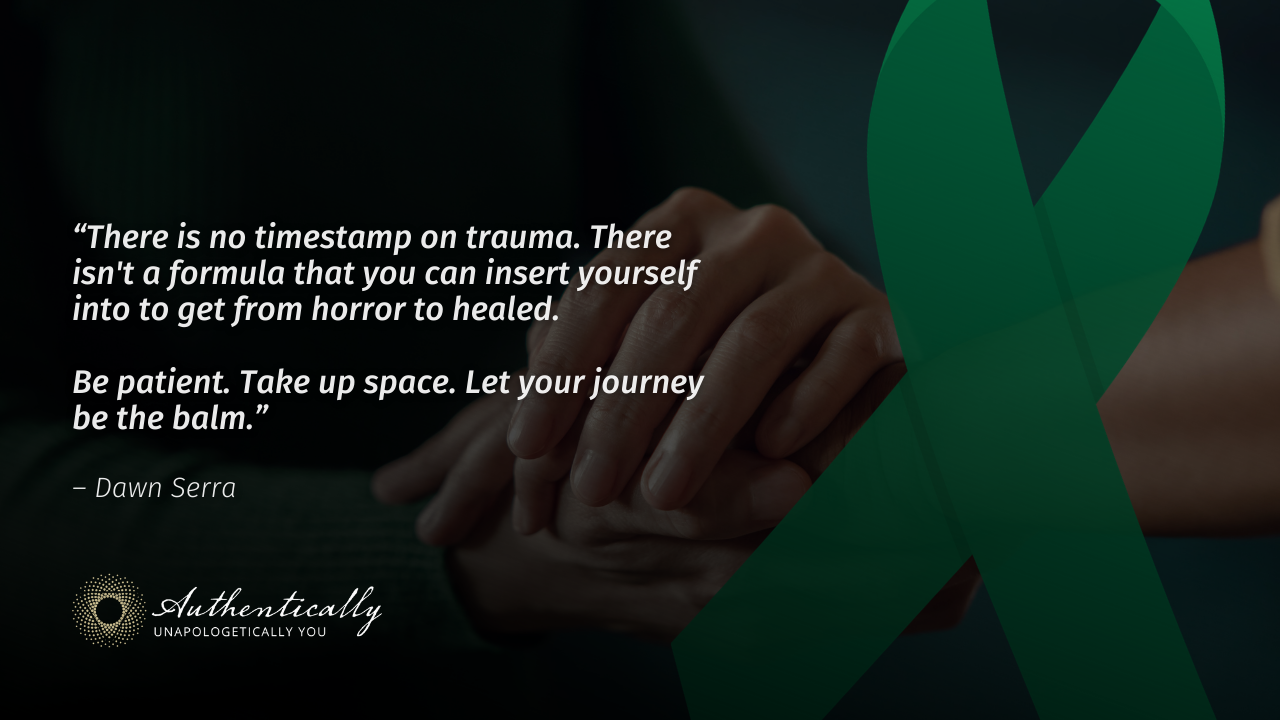How does one recognize PTSD in themselves & others
Jun 09, 2021
Post-traumatic stress disorder is a mental health condition that can be triggered by witnessing or experiencing something traumatic. Lots of people consider PTSD to be a disorder that only military veterans deal with, but it can also occur in response to other stressful events such as sexual violence, physical assault, childhood or domestic violence, a robbery, the sudden death of a loved one, a terrorist attack or a natural disaster.
During these events, individuals experience terror and often feel helpless to stop the event. Symptoms must last more than a month and be severe enough to affect the person's ability to function at work, in their relationships, and in daily life.

According to Jennifer Sweeton Psy.D. - the Author of Recognizing the Signs of Post-Traumatic Stress, the eight most common cognitive and emotional indicators of PTSD include:
1. Sleep Difficulties: Problems can include falling asleep, staying asleep, or having frequent nightmares.
2. Anger: The person may feel irritable and experience frequent outbursts of anger that are difficult to control.
3. Numbness and Disconnection: Victims of trauma can feel separated from others. They can also feel numb and have difficulty accessing the loving feelings they know they have for loved ones.
4. Depression: Depressed mood, hopelessness, and loss of interest in previously enjoyed activities are common.
5. Chronic Anxiety: People often report feeling alert, hypervigilant, and having difficulty relaxing and “unwinding”.
6. Reliving the Trauma: Very distressing thoughts and memories of the event can repeat themselves in the head despite the person's attempts to avoid or stop them.
7. Feeling unsafe: The person can experience intense feelings of fear or impending doom, even when there is no danger. You can also feel like it is impossible to ever feel safe again.
8. Thoughts of Suicide: Thoughts of suicide can be active with the intent and plan to commit suicide (“I will buy a gun to shoot myself”). Conversely, these thoughts can be passive (“It would be better if I just weren't there anymore”).
In addition, many trauma survivors show significant changes in behavior after a traumatic event. Such behavioral changes can be seen in several areas of a person's life, including:
1. Relationships With Others: Increased conflict with others, withdrawal from relationships, and decreased trust and intimacy are common PTSD indicators.
2. Self-Esteem/Relationship With Self: Changes can also take place in a person's relationship with themselves. Self-harming behavior, thoughts of suicide, and decreased self-care and self-esteem can all be signs of a serious post-traumatic reaction.
3. Work Performance: People with PTSD often have difficulty concentrating, sometimes because of thoughts about the trauma or lack of sleep. This, in turn, can affect the ability to complete daily tasks or perform well at work.
4. Lifestyle: After trauma, some people go to great lengths to avoid memories of the event. For example, they can isolate and give up hobbies or activities that they used to enjoy. The purpose can be to feel more secure, less vulnerable, and to reduce memories of the trauma. For example, a combat veteran bombed in a crowd, despite his love of music, may avoid concerts in order to feel safe.
5. Coping: Ineffective coping strategies may be used after trauma. For example, a person may start drinking alcohol or using drugs to cope with their symptoms. Oftentimes, these unhealthy coping strategies help the individual temporarily avoid memories of the traumatic event.
People with PTSD are not harmed, and it's important to make sure you don't act in ways that make it appear like you are. There is a high likelihood that almost everyone will be relatively close to someone with PTSD. Understanding their triggers and promoting socialization are ways to help someone you care about deal with the trauma they have suffered.
Also, remember not to get caught up in someone else's trauma as you try to help them grow as a person. It is a team effort and no one should sacrifice their own mental health to improve someone else's mental health.

